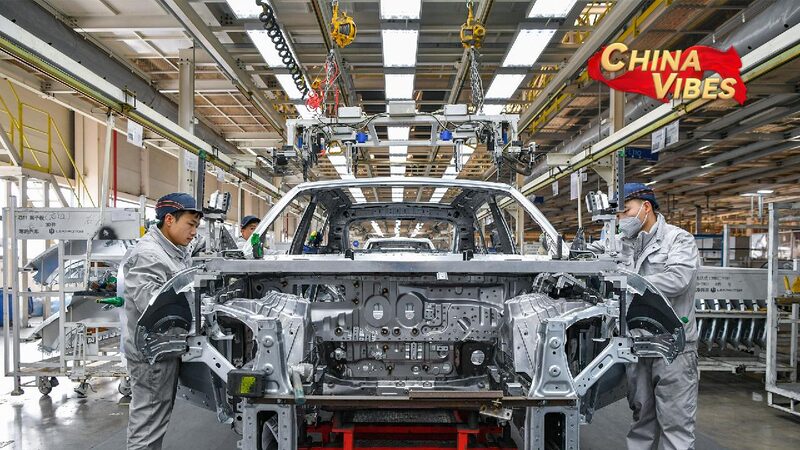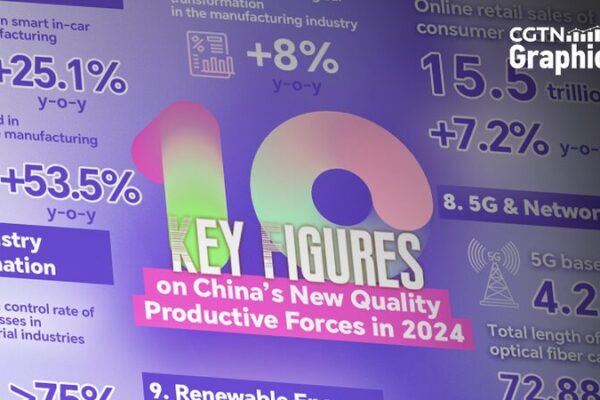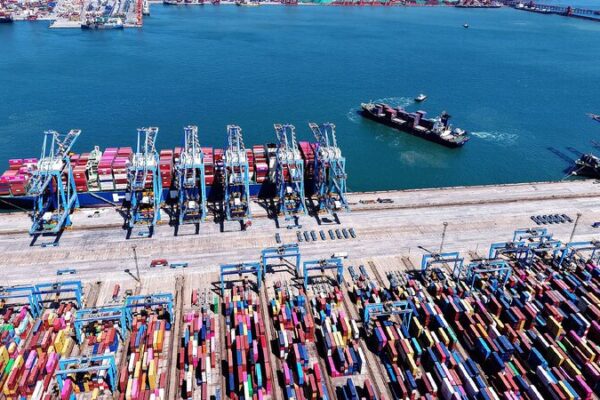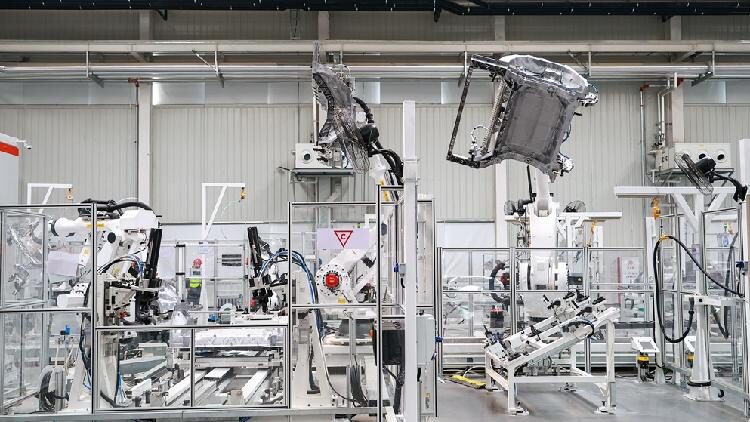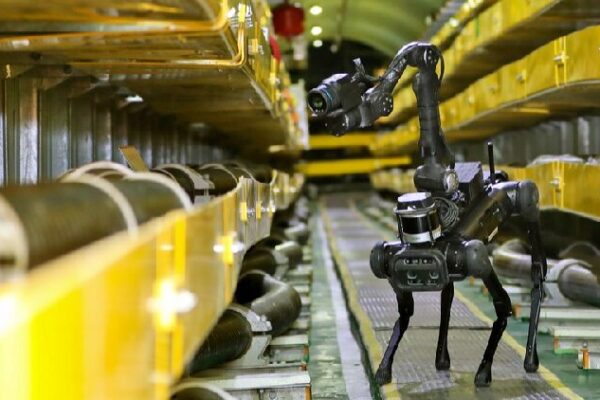Since last year’s Two Sessions, China’s “new quality productive forces” have become a buzzword capturing global attention. But what exactly does this term mean, and how is it shaping the world’s second-largest economy?
At its core, new quality productive forces refer to advanced productivity that breaks away from traditional economic growth models. It’s all about high-tech, high efficiency, and high quality—embracing innovation to transform industries and drive sustainable development.
In 2024, China has been accelerating the upgrade of traditional industries, nurturing emerging sectors, and planning for future industries, all under the banner of these new productive forces. This shift is not just reshaping China’s economy but also influencing global markets and green development.
Boosting Innovation through Policy
To fuel this transformation, the government has rolled out significant policy support. In 2024 alone, China’s main policies supporting scientific and technological innovation and manufacturing development resulted in tax cuts, fee reductions, and tax refunds totaling 2.63 trillion yuan (about $366.75 billion), according to the State Taxation Administration.
These incentives have spurred remarkable growth in high-tech sectors. Sales revenues in these industries grew 9.6 percentage points faster than the national average, signaling rapid advancement in innovation-driven businesses.
Notably, sales revenues increased by:
- 6.2% in equipment manufacturing
- 8.3% in digital product manufacturing
- 9% in high-tech manufacturing
This upward trend indicates a steady move towards high-end, intelligent manufacturing across the country.
Financing a Greener Future
China’s commitment to green development is evident in its financial strategies. The central bank has been channeling funds into equipment upgrades and eco-friendly transformations for foreign trade companies and logistics sectors. By the end of the third quarter of 2024, outstanding green loans surpassed 35 trillion yuan, and the stock of green bonds issued reached nearly 2 trillion yuan, ranking among the top globally.
A government-initiated consumer goods trade-in program is also promoting industrial upgrading. As consumers demand greener and smarter products, companies are adapting to produce goods that meet these expectations. Last year, sales revenue of such goods exceeded 1 trillion yuan.
Impact on Global Green Development
China’s development of new quality productive forces doesn’t just benefit its own economy; it’s fueling global green development. In 2024, the country’s total goods imports grew by 2.3% to 18.39 trillion yuan, with significant increases in imports closely linked to productive forces, such as a 6.2% rise in electromechanical products and a 10.4% surge in integrated circuits.
Foreign investors are taking notice. Investment in China’s high-tech manufacturing sectors reached 77.12 billion yuan, accounting for 12% of the total foreign direct investment inflow in the first nine months of 2024, according to the Ministry of Commerce.
As a leading manufacturer and consumer of new energy vehicles (NEVs), China saw domestic NEV sales surpass 10 million units in the first 11 months of 2024—a 40.3% year-on-year increase. Exports of NEVs also grew, reaching about 1.14 million units, up 4.5%.
Currently, China produces 50% of the world’s wind power equipment and 80% of photovoltaic equipment. The International Energy Agency (IEA) has even dubbed China as “the world’s renewables powerhouse,” forecasting that the country will account for almost 60% of new renewable capacity set to become operational globally by 2028.
What Does This Mean for the Global South?
For teenagers and young adults in the Global South, China’s push towards innovation and green development offers valuable lessons and opportunities. As China invests in high-tech and sustainable industries, it opens doors for international collaboration, technology transfer, and shared growth in renewable energy sectors.
Moreover, the focus on producing greener and smarter consumer goods aligns with global efforts to combat climate change and promote sustainable living. The advancements in NEVs and renewable energy technologies can inspire similar developments and adoption in other countries.
Conclusion
China’s new quality productive forces are not just a domestic phenomenon; they’re shaping global trends in innovation and green development. As the country continues to invest in high-tech industries and sustainable practices, it sets a precedent that could influence economies and societies worldwide.
Reference(s):
Key figures on China's new quality productive forces in 2024
cgtn.com
